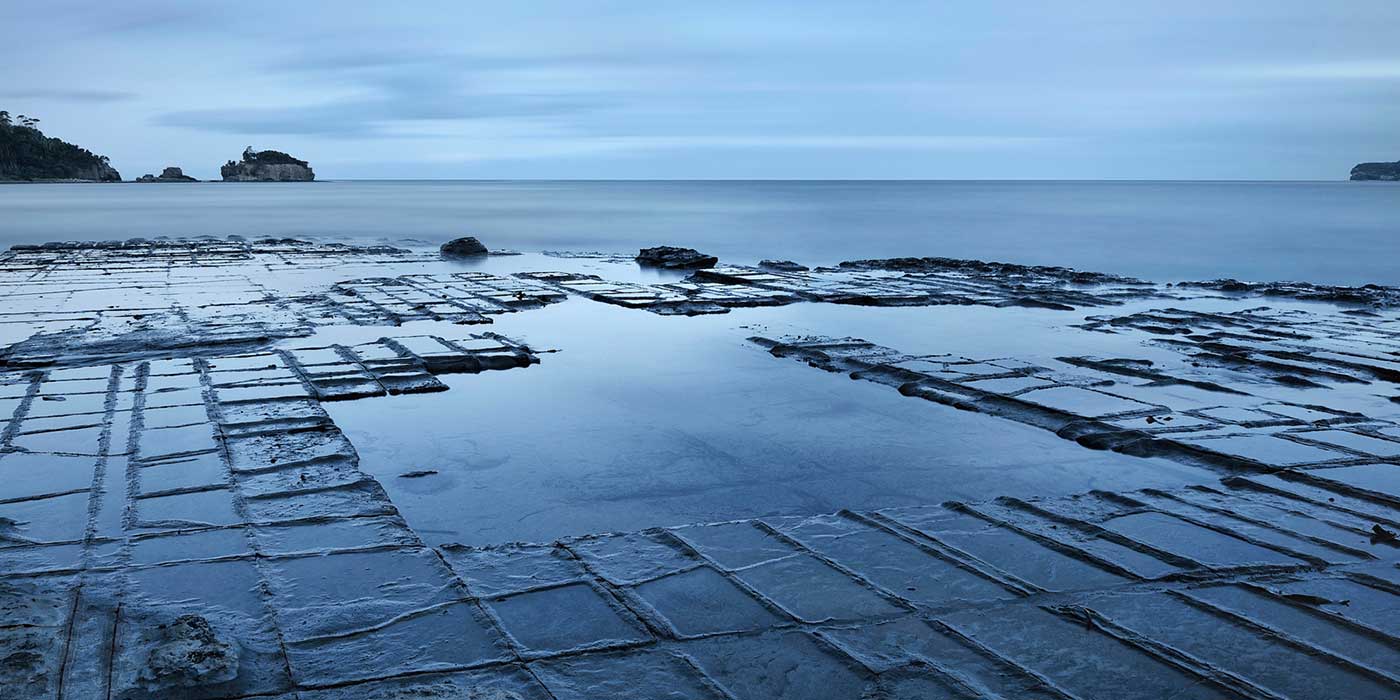
Forestier Peninsula is one of the least known parts of Tasmania, even though everyone who goes by road to Port Arthur and the Tasman Peninsula drives through a corner of it. Nevertheless, it remains largely undeveloped. Forestier Peninsula is connected to mainland Tasmania at East Bay Neck, near the town of Dunalley at its northern end. At Eaglehawk Neck, the southern end of the Forestier Peninsula is connected to the Tasman Peninsula. It was at Blackman Bay on the shores of Forestier Peninsula that Dutch explorer Abel Tasman claimed formal possession of the land for Dutch Prince Frederick Henrijk on 3rd December 1642.
Dunalley is a fishing village built around the man-made Denison Canal, which has a swing bridge over it for road traffic. Dunalley is on the narrow land neck that connects Forestier Peninsula with the rest of Tasmania. Blackman Bay lies to the norh east; Dunalley Bay on Norfolk Bay lies to the south west. It was near Dunalley on the Forestier Peninsula on 3rd December 1642 that Dutch navigator Abel Tasman sent his carpenter, Peter Jacobsen, ashore to name the territory Van Diemen's Land after the Governor of Batavia.
The sands of Marion Bay, to the immediate north of Forestier Peninsula in Tasmania's south east corner, forms some of the most beautiful beaches you will ever find in Tasmania. These beaches are used mainly by surfers, but the water is safe for swimmers provided you take care. The settlement here, accessed from Bay Road opposite the Copping turnoff, is little more than a huddle of beach shacks among the coastal dunes near the tidal flats, otherwise the area is deserted and unspoilt. A large sand spit formed where Bream Creek enters the bay is ideal for beach walks, shell collecting and bird watching. Migratory Little Terns have been discovered breeding here and there have been sightings of numerous birds that are far from their normal breedings grounds.
As its name suggests, Eaglehawk Neck is a narrow bar between Pirates Bay to the east and Norfolk Bay to the west. It is made of sand carried by currents and waves from the floors of Pirate's Bay to the east and Norfolk Bay to the west. This isthmus joins the Forestier Peninsula and Tasman Peninsula and the former Port Arthur Penal Settlement on which it stands in a narrow strip of land which is less than 100 metres wide. It was here, during the convict penal settlement days, that savage attack dogs were chained from one side of the neck to other within reach of each other to deter prisoners from attempting an escape by land. As a sombre reminder of the location's use, a bronze dog sculpture marks the spot where chained attack dogs were once stationed.
With a population of around 320, Murdunna is the only town on the Forestier Peninsula. It is approximately halfway down the Peninsula on the Arthur Highway at the head of King George Sound, a narrow bay off Norfolk Bay. Murdunna's population increases in the summer months, and it is becoming increasingly popular with people from Hobart who are looking for weekend getaways. Many houses are owned by non-residents who use them as holiday homes. The name Murdunna is believed to come from a local indigenous word meaning "place of the stars".
Located on Forestier Peninsula facing Norfolk Bay, Flinders Bay (8 km north west of Eaglehawk Neck) was once the site of a convict Probation Station which was established in 1841. Probation Stations at Salt Water River, Slopen Island and Impression Bay probation stations also opened that year. At that time, the Government stated no more convict assignments to settlers would be made; instead the Probation System was activated, whereby convicts were divided into gangs and sent to work in the under developed areas of the Colony.
Forestier Peninsula is connected to the mainland at East Bay Neck, near the town of Dunalley at its northern end. At Eaglehawk Neck, the southern end of the Forestier Peninsula is connected to the Tasman Peninsula. The peninsula measures about 20 by 15 kilometres. One of the Tasman Peninsula's firest coastal lookouts is actually on the Forestier Peninsula, high on the hillsides above the Tesselated Pavement. Pirates Bay Lookout gives panoramic views down the east coast of Tasmania Peninsula and overs spectacular vistas towards Cape Hauy and Cape Pillar, which are both visible on a clear day.